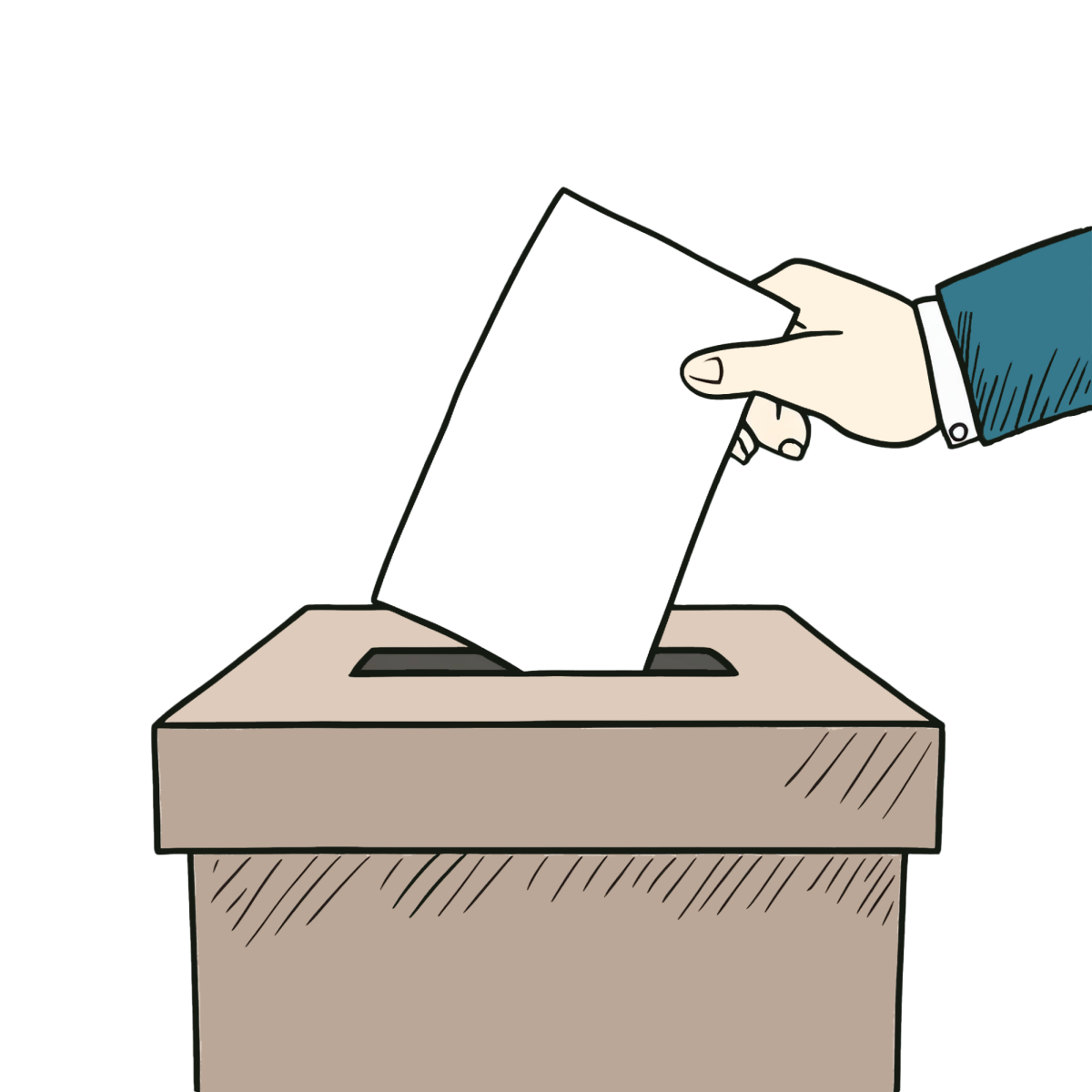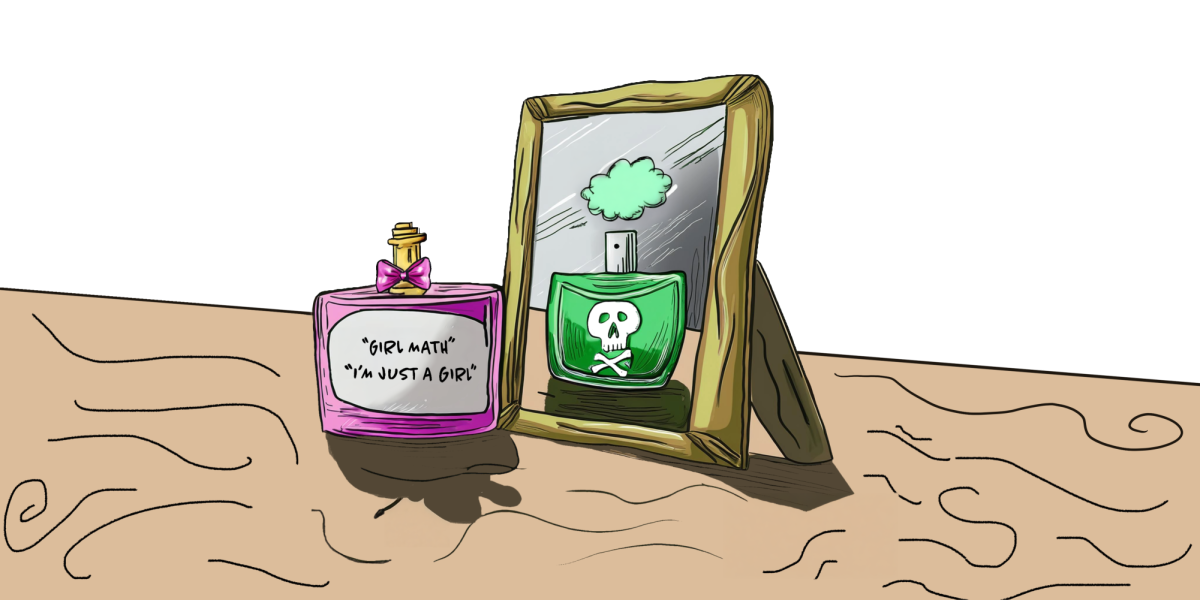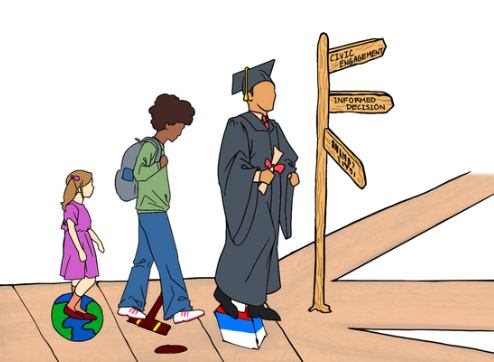Written by Stina Chang
“Hey, you’re f*** adorable <blowing kiss emoji>.” This was one of the messages I received from a match result on a dating app. When I saw this message, I had never felt more uncomfortable in my life. Since I had absolutely no intention of continuing this conversation, I returned back to the home page and hoped to be matched with someone better. However, this nightmare didn’t end.
Pictures of boys showed up one after the other. No matter how much I swiped left (indicating “nope”)—they just kept coming back. I rarely found myself swiping right (indicating “yes” or “I want to talk with you”). I was stuck in the infamous dating app: Tinder.
Tinder is an online dating app that matches single people with others nearby. Collaborating with Facebook, the app informs you when you have mutual friends and interests with your matches using the “smart profile” program, ac- cording to its iTunes description. Tinder was launched in 2012 and quickly gained popularity by 2014. In 2014, it had generated over one billion swipes each day. According to the Tinder website, the app holds responsibility for more than 10 billion success matches that either resulted in long-term relationship or even marriage.
I created a Tinder account specifically to write this article. Normally, I would never join an online dating com- munity. In fact, I would never think to go into the dating world, period. My experience with “dating” is rather for- eign. To put myself in that place, even just thinking of using a dating source scared me. There are countless factors that could go wrong: getting matched with a stalker, creeper or maybe even a bot (a fake, automated account that generates matches and dates to earn money).
I used Tinder for a week, gaining, what I believe, enough experience to understand its nasty way of dating.
Tinder promotes superficial dating and hookup culture. It’s a simplified version of online dating sites such as eHar- mony and OkCupid. While websites such as eHarmony and OkCupid target older generations, Tinder’s target audience is young adults such as college students. College students are unlikely to look for long-term committed relationships, whereas one-night stands and casual dates are more their style.
After using Tinder for a week, I failed to find a mean- ing behind the app other than swiping right on appealing pictures of boys and sending out inappropriate, flirty mes- sages that often didn’t result in any productive conversation. The only connection people on Tinder make is the “initial” match resulting from two people swiping right for each other. Other than that, the only way to connect is messag- ing. In addition, talking to someone online who you barely know is creepier than creepy.
Tinder is an unreliable source to find a partner. It pro- motes effortless and sleazy dating. To me, a relationship means that both parties put in equal amount of effort to make this relationship work. Tinder, however, defeats the meaning of having a relationship. A relationship is much more than just swiping right on a picture, having a shallow conversation and meeting up for a date. Though Tinder overcompensates for the quantity, it fails to provide the quality.
All in all, my personal experience with Tinder has been unpleasant. Even from this single experience, it’s difficult for me to believe that 10 billion successful, long-lasting couples met on Tinder. This is one of those things in my life I do regret doing and certainly will not be doing again. And to the person who messaged me: thank you for your compliment, but I think I’ll pass.









